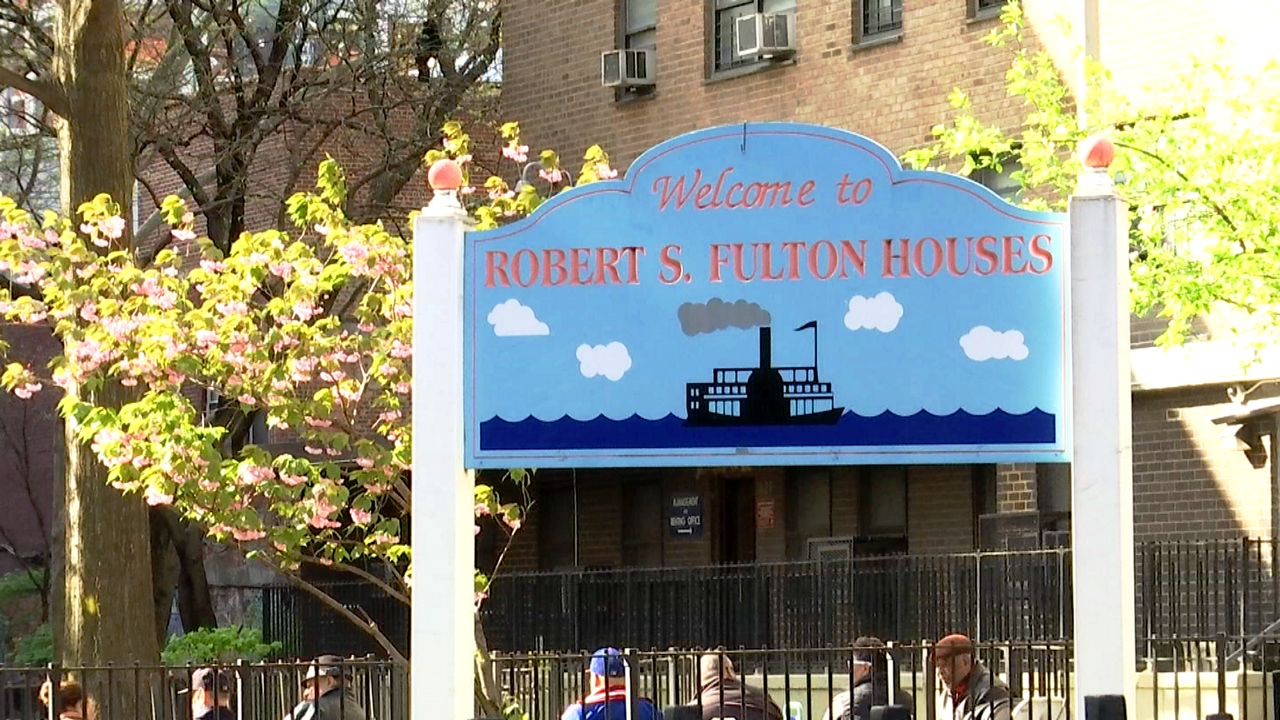Brooklyn-born Ben Schonzeit moved into a loft in SoHo nearly 50 years ago.
"I'm an artist. I'm a painter. I paint large paintings and I was looking for space to work in," he explained.
He and his wife were among thousands of urban pioneers who began moving into the area starting in the 1960s for creative space.
"The space was cheap," Schonzeit added.
It was a hub for manufacturing, but many of businesses started to leave after World War II. The influx of mostly artists chose to make the area a residential one, even though it was, and still is, zoned for manufacturing and light industry.
In 1971, the year they moved in, the state legislature voted to technically allow those engaged in fine arts to live in industrial loft buildings like the one into which Schonzeit moved. That same year the city started granting certifications and amnesties to artists in SoHo so they could legally live there. Several years later, NoHo was added.

An analysis by the Department of City Planning shows the Department of Cultural Affairs has granted as many as 5,760 artist certifications since 1971, but it's unclear how many of the people still live and work in the neighborhood like Schonzeit.
“This is the room that I have spent most of my adult life in,” said Schonzeit, showing NY1 his art studio and some of his work.
He says he received one of those certifications decades ago so his living area and creative space are legal.
“I’m not allowed to live here because I’m not a certified artist,” real estate attorney Margaret Baisley said of her loft down the street.
She purchased the co-op decades ago and now says she keeps it empty until she can find an artist who qualifies as a renter.
She says the zoning here is too restrictive, causing financial stress.
“It’s incredibly expensive to maintain these buildings,” said Baisley.
Another example of the onerous zoning: for retail to be allowed on the ground floor, which helps pay for the building’s upkeep, it must go through a costly approval process.
“SoHo is known for retail and yet it’s astounding to tell people that retail is illegal unless you have a special permit or some other kind of dispensation,” Baisley said.
“We need zoning that meets the moment, not that’s 60 years old and very out of date for this neighborhood," Deputy Mayor of Housing and Economic Development Vicki Been told NY1.
The Mayor’s Office has seized upon the need to rezone to add affordable housing.
It’s proposing changes that could add more than 3,200 housing units on 84 sites. Of those housing units, 940 would be affordable.
“We need affordable housing in every neighborhood across the city, especially in neighborhoods like this that offer enormous opportunities,” said Been.
“We were suckered into this by city planning,” said Sean Sweeney of the volunteer neighborhood group The SoHo Alliance.
He believes the Mayor’s Office agreed to update the the antiquated zoning in order to create more housing.
“What it’s gonna do is further gentrify SoHo. It’s gonna bring in 75% luxury housing. Don’t we have enough gazilionaires in SoHo?” asked Sweeney, rhetorically.
The city counters that in several public meetings over the previous year, affordable housing has been discussed and a quarter of the apartments would be reserved for people making less than the median income, from $41,000 to $82,000 a year for families of three.
“I think one of the great challenges of the city is many of the people who work here can’t live here,” said Schonzeit.
He wants to see his neighborhood become more affordable.
He is known as a Photorealist, but says his work now with collages, prints and sculptures looks more Cubist. He's someone who obviously spends time focussing on aesthetics and is also concerned about the neighborhood's character being lost with big modern buildings.

“I work in 12 different styles. I won’t do the same thing twice. I change all the time," he said, adding, "and I’d like the rest of it to just stay in place.”






 RALLY - NYCHA High Rise Plan CGPKG)

